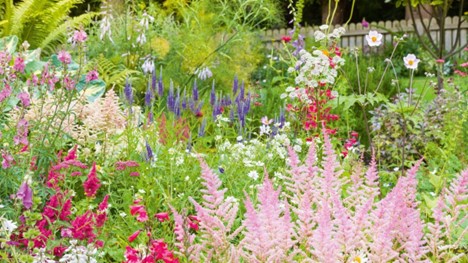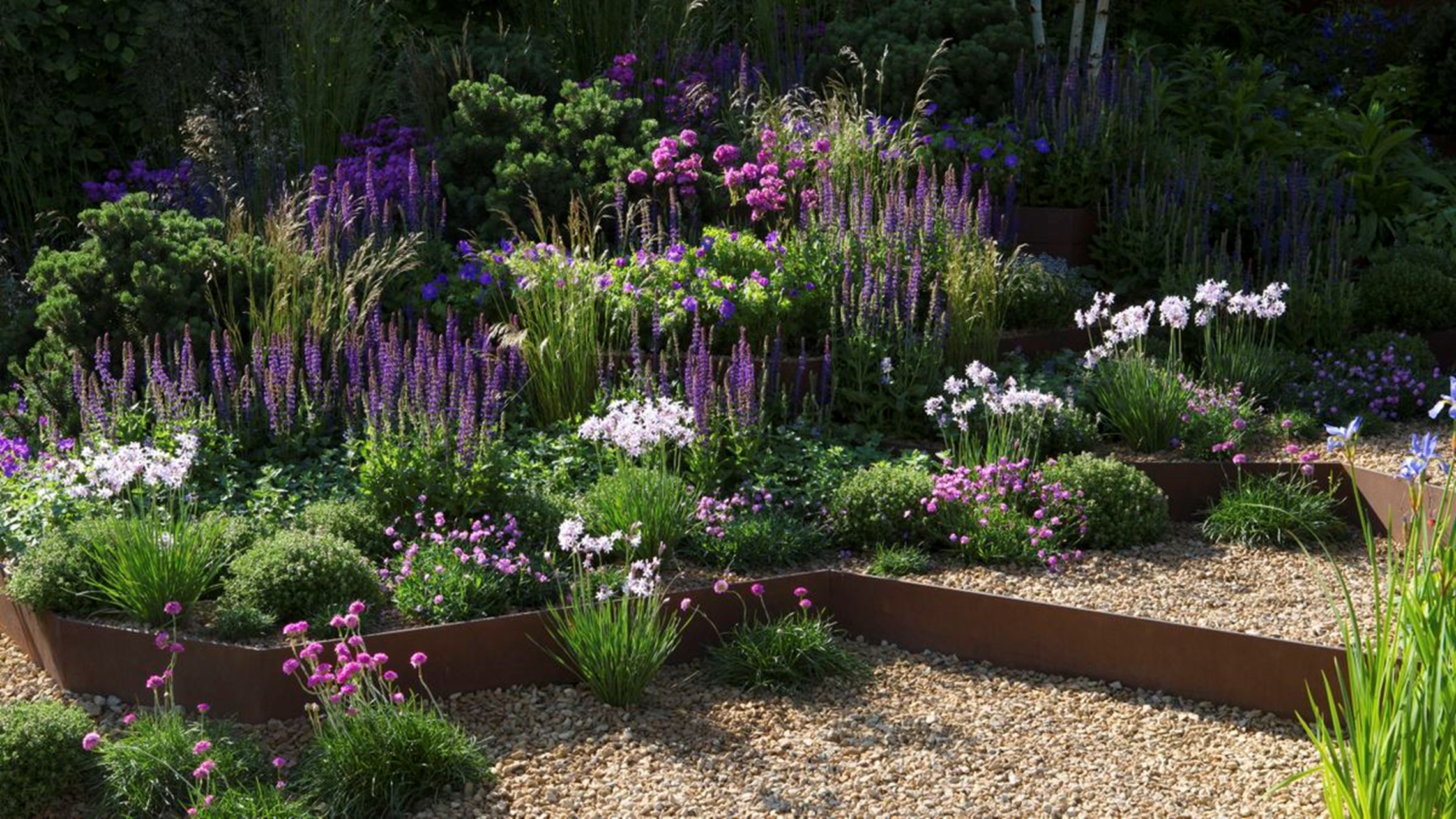Creating an eco-friendly garden is not beneficial for the environment but also for your overall well-being. By incorporating sustainable practices and native plants, you can transform your garden into a vibrant eco-conscious sanctuary. In this guide, we will explore the steps to creating an eco-friendly garden that thrives while minimizing its impact on the planet.
1. Choose Native Plants:
One of the key principles of an eco-friendly garden is to incorporate native plants that are adapted to the local climate soil conditions. Native plants require less water, pesticides, and maintenance compared to exotic species, supporting local biodiversity and reducing the need for chemical inputs.
2. Organic Gardening Practices:
Embrace organic gardening practices such as composting, mulching, and natural pest control methods to nourish your garden without harming the environment. Compost kitchen scraps, leaves, and grass clippings to create nutrient-rich soil, use mulch to retain moisture and suppress weeds, and introduce beneficial insects to manage pests naturally.
3. Water Conservation Techniques:
Implement water conservation techniques in your eco-friendly garden to reduce water waste and promote efficient irrigation. Use rain barrels to collect rainwater for watering plants, install drip irrigation systems to target roots directly, and group plants with similar water needs together to optimize water usage.
4. Renewable Energy Solutions:
Consider incorporating renewable energy solutions, such as solar-powered lights or water features, to reduce your garden’s carbon footprint. Solar panels can power outdoor lighting, fountain pumps, or garden tools, providing sustainable energy for your eco-friendly garden.
5. Wildlife-Friendly Habitat:
Create a wildlife-friendly habitat in your eco-friendly garden by including bird feeders, bee-friendly plants, and butterfly gardens. By attracting pollinators and wildlife to your garden, you contribute to local ecosystems and promote biodiversity in your outdoor space.

6. Reduce, Reuse, Recycle:
Embrace the principles of reduce, reuse, and recycle in your gardening practices to minimize waste and environmental impact. Repurpose materials like old containers for planting, use biodegradable pots and packaging, and recycle garden waste to divert organic matter from landfills.
7. Chemical-Free Lawn Care:
Maintain a chemical-free lawn by avoiding synthetic fertilizers, herbicides, and pesticides that can harm beneficial insects and pollute water sources. Opt for natural lawn care practices such as aerating, overseeding, and top-dressing with compost to promote healthy soil and lush grass growth.
8. Permeable Surfaces:
Incorporate permeable surfaces like gravel paths, permeable pavers, or mulch beds in your eco-friendly garden to reduce runoff and allow rainwater to infiltrate the soil. Permeable surfaces help prevent erosion, minimize flooding, and recharge groundwater levels in your garden.
9. Companion Planting:
Practice companion planting by pairing compatible plants together to create natural pest deterrents, improve soil quality, and enhance plant health. Companion planting can help reduce the need for chemical pest control and promote a balanced ecosystem in your eco-friendly garden.

10. Sustainable Garden Design:
Opt for sustainable garden design principles, such as xeriscaping, hardscaping with recycled materials, and creating functional garden spaces that serve multiple purposes. By thoughtfully planning your garden layout and features, you can maximize efficiency, beauty, and sustainability in your eco-friendly garden.
Conclusion:
Creating an eco-friendly garden is a rewarding journey that benefits both the environment and your well-being. By incorporating native plants, organic gardening practices, water conservation techniques, renewable energy solutions, wildlife-friendly habitats, waste reduction strategies, chemical-free lawn care, permeable surfaces, companion planting, and sustainable garden design, you can cultivate a flourishing and environmentally conscious outdoor oasis. Embrace eco-friendly gardening principles to nurture the planet, support biodiversity, and enjoy the beauty of a sustainable garden that thrives in harmony with nature




